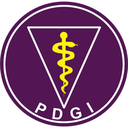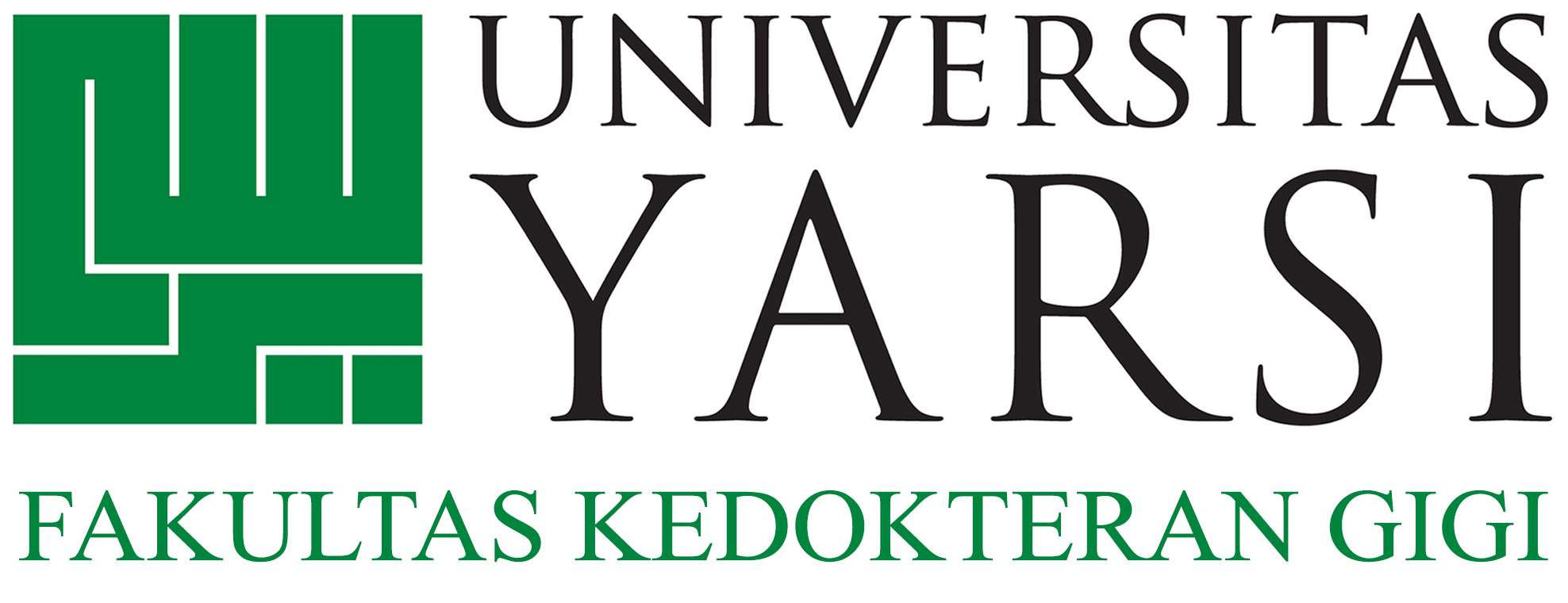...:: MAIN MENU ::...
Author Guidelines
(Adapted from ICMJE recommendation for the conduct, reporting, editing and publication of scholarly work in a medical journal). Please visit https://www.icmje.org/disclosure-of-interest/ to fill the ICMJE form for Disclosure of Interests.
MANUSCRIPT FORMAT
YARSI Dental Journal considers the material well prepared and follows the journal's instructions. The article should follow a Systematic Review, Research Article, and Case Report. Only material that has not been published previously (either in print or electronically) and is not under consideration for publication elsewhere, except an abstract published in conference proceedings will be considered for publication. Prior presentation of data (i.e. at a scientific meeting) does not preclude publication in YARSI Dental Journal. All submissions to the journal will be scanned for possible duplicate or prior publication using the Turnitin plagiarism detection software. Authors who submit previously published work to YARSI Dental Journal will be banned from submitting future manuscripts to the journal, and their funding body and/or institution will be notified.
The manuscript should accompany a cover page which includes the title page and a short running title; Authors’ identity: First name, middle initial, and last name of each author; the affiliation (in English) of each author during the study being reported; the name, current address, telephone number, fax number, and e-mail address of the corresponding author; and the word count and number of tables and figures.
The text on the title page should be centre aligned. The main text must be saved in Word document format, with 12 points Times New Roman font, and the main text should be single-spaced with justified margins. The tables must be saved in Word document format, with 8 points Times New Roman font. Please do not use headers, footers, or endnotes in your paper. Leaving 25 mm margins on all sides.
In general, the manuscript writing should refer to the guideline produced by the International Committee of Medical Journal Editors (ICMJE): Uniform Requirements for Manuscripts Submitted to Biomedical Journals. Update October 2007. Further information can be found at http://www.icmje.org/
BEFORE YOU BEGIN
Ethics
Human
Authors should indicate whether the procedures followed have been assessed by the responsible review committee (institutional and national), or if no formal ethics committee is available, were by the Helsinki Declaration as revised in 2013 (human ethics). If doubt exists whether the research was conducted by the Helsinki Declaration, the authors must explain the rationale for their approach and demonstrate that the institutional review body explicitly approved the doubtful aspects of the study.
Animal rights
Authors should indicate whether institutional and national standards for the care and use of laboratory animals were followed. Further guidance on animal research ethics is available from the International Association of Veterinary Editors’ Consensus Author Guidelines on Animal Ethics and Welfare (animal rights).
Declaration of interest
Public trust in the scientific process and the credibility of published articles depend in part on how transparently conflicts of interest are handled during the planning, implementation, writing, peer review, editing, and publication of scientific work. A conflict of interest exists when professional judgment concerning a primary interest (such as patients’ welfare or the validity of research) may be influenced by a secondary interest (such as financial gain). Perceptions of conflict of interest are as important as actual conflicts of interest.
Authorship
Authorship confers credit and has important academic, social, and financial implications. Authorship also implies responsibility and accountability for published work. The following recommendations are intended to ensure that contributors who have made substantive intellectual contributions to a paper are given credit as authors, but also that contributors credited as authors understand their role in taking responsibility and being accountable for what is published.
The ICMJE recommends that authorship is based on the following 4 criteria:
1. Substantial contributions to the conception or design of the work; or the acquisition, analysis, or interpretation of data for the work; AND
2. Drafting the work or revising it critically for important intellectual content; AND
3. Final approval of the version to be published; AND
4. Agreement to be accountable for all aspects of the work in ensuring that questions related to the accuracy or integrity of any part of the work are appropriately investigated and resolved.
ARTICLES TEMPLATE






